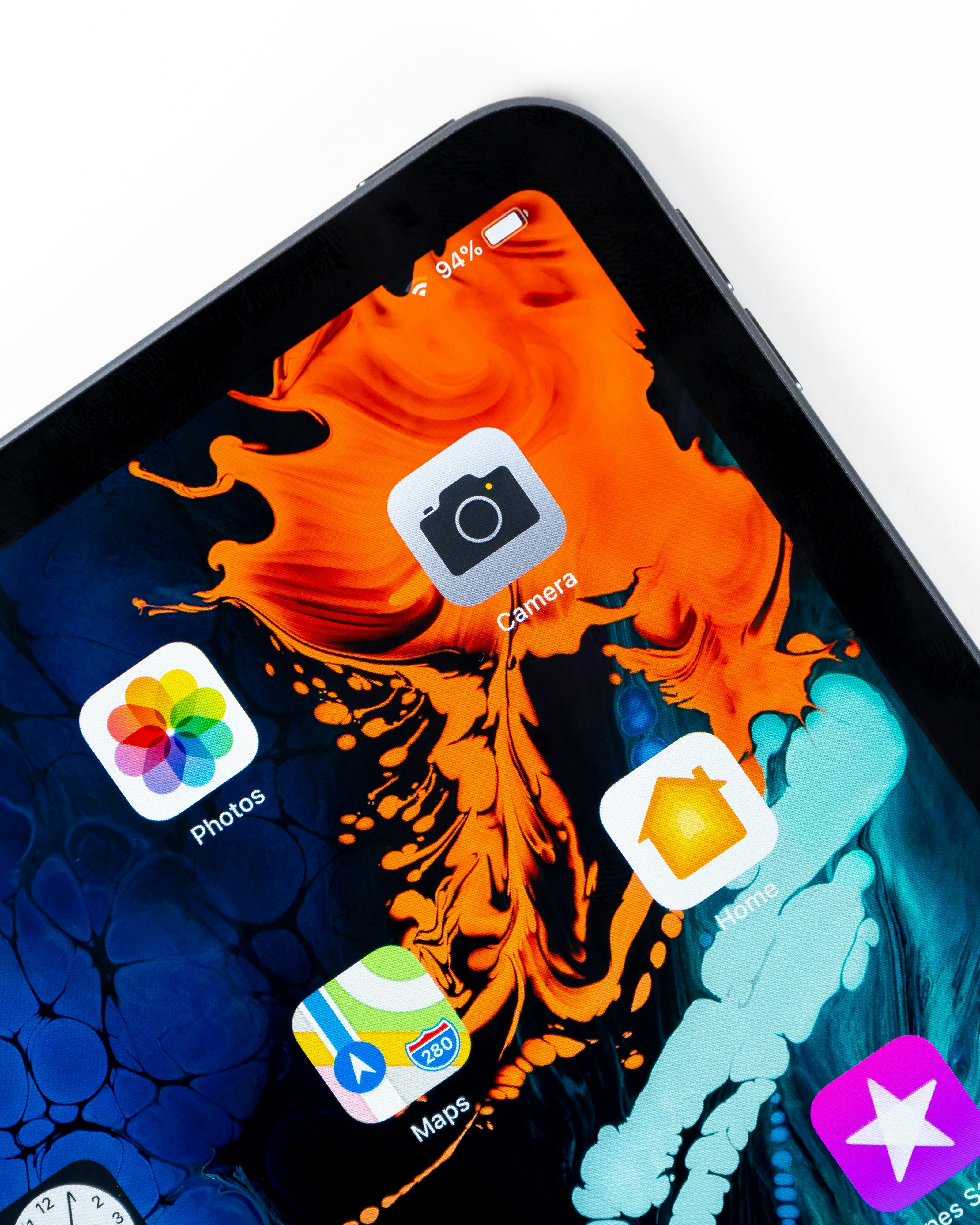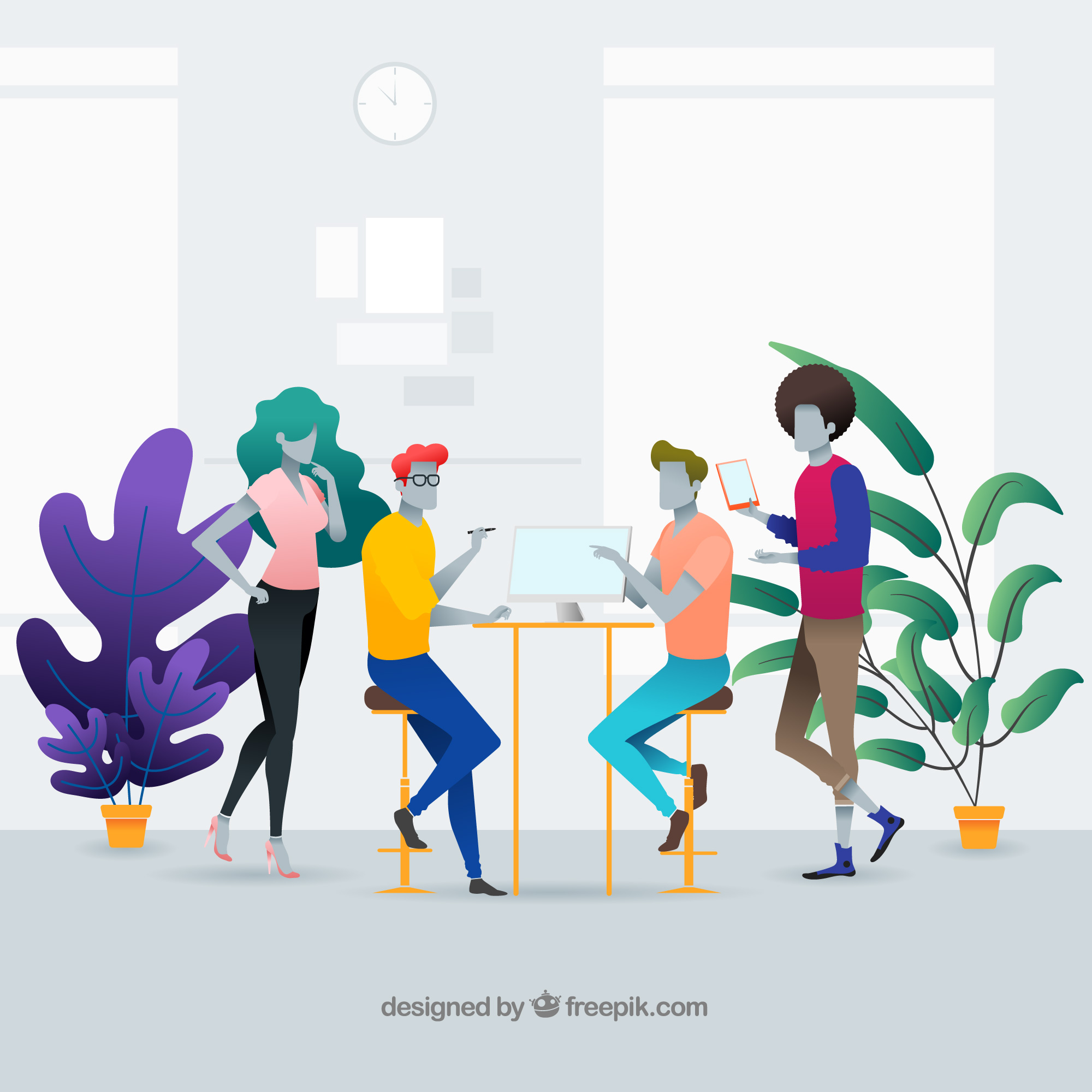Why Inclusive Design is a Must in Today’s World
Chances are, you’ve used a touchscreen or voice command today. But have you ever thought about how people with limited dexterity or hearing interact with those same devices? For example, consider Apple's VoiceOver—a screen reader built into every iPhone. It wasn’t just created for visually impaired users—it’s a perfect example of inclusive design that benefits everyone. Whether you’re walking and can’t look at your screen, or you have a temporary injury, features like this make devices more usable for a wider range of people.

This is the heart of inclusive design. It’s not just about making sure products meet accessibility standards—it’s about creating things that work for a diverse range of users. And the companies that do this well? They’re not only making better products, they’re reaching more people and setting themselves apart from the competition. Now let’s explore how businesses, particularly in Europe, are using inclusive design to innovate, grow their audience, and make a positive impact.
How Inclusive Design is Driving Change in Product Development
A perfect example of how inclusive design is taking center stage can be seen in the article “Designing for Diversity & Inclusion” from DieProduktMacher. The piece emphasizes that inclusive design goes beyond simple accommodations for disabilities—it’s about making products that work for everyone, no matter their age, gender, background, or abilities.
The article stresses the importance of not assuming a “typical” user. Instead, it encourages designers to embrace the full spectrum of human diversity from the get-go. This means:
- Listening to Real Users: Engaging directly with the people you’re designing for, especially those from marginalized groups, to understand their specific needs and pain points.
- Creating Flexible Solutions: Designing products that can be easily adjusted or adapted for different users.
- Innovating with Purpose: Seeing diversity as a source of innovation, not just a box to tick.
Real-World Success Stories of Inclusive Design
Some of the most innovative companies today are using inclusive design to improve not just the customer experience but also their market share and brand loyalty. Here are a few standout examples:
Kellogg’s Accessible Packaging:
Kellogg’s made waves in 2021 with their game-changing accessible packaging for consumers with sight loss. Their cereal boxes now feature on-pack codes that can be scanned by smartphones, allowing users to access labeling information audibly. This partnership with the Royal National Institute of Blind People (RNIB) wasn’t just about adding a feature—it was about fundamentally improving how over 25% of the world’s population with visual impairments interact with everyday products. It’s a powerful example of how inclusive design can be a driver of accessibility on a global scale.
Olay’s Easy Open Lid:
Olay, under Procter & Gamble, recognized the need for packaging that could serve people with disabilities better. Enter the Easy Open Lid—a design that includes Braille text, winged edges for an easier grip, and matte material to enhance usability. This was more than a cosmetic upgrade; it was about giving people with visual impairments, dexterity challenges, and limb differences greater independence in their everyday routines. By consulting with disabled consumers and experts, Olay set a new standard for how beauty brands can be more inclusive.
Decathlon’s Reimagined Accessibility Symbol:
Decathlon took a bold step in Canada by rethinking the iconic International Symbol of Access. In collaboration with Rethink, they developed Ability Signs that depict athletes in action—playing basketball, rugby, and other sports. These new icons, inspired by Canada’s 2020 Paralympic team, aim to change how we view disability, especially in the context of sports. It’s a simple but powerful visual shift that broadens perceptions and promotes inclusion in every store and parking lot where these signs are displayed.
Logitech’s Adaptive Gaming Kit:
Back in 2019, Logitech revolutionized the gaming industry with their Adaptive Gaming Kit. This kit is designed to make gaming more accessible for people with disabilities, allowing them to customize their setup for optimal play. Not only did this product receive overwhelmingly positive feedback, but it also helped establish Logitech as a leader in tech innovation. This is a prime example of how inclusive design can boost brand reputation and tap into new markets by serving underrepresented groups.
As highlighted in PageProof’s article “What is Inclusive Design? Best-In-Class Examples,” these success stories demonstrate how powerful inclusive design can be. From accessibility features to reimagined symbols of inclusion, companies are finding that designing with diverse users in mind leads to more innovative, impactful products
How European Brands Measure Success in Inclusive Design
So how do these companies know their inclusive design efforts are paying off? It’s not just about sales figures. European brands are increasingly adopting holistic approaches to measure success in inclusive design, focusing on the real-world impact of their products.
- User-Centric Metrics: Companies like Olay and Logitech rely heavily on direct user feedback from the communities they serve. By engaging with disabled consumers, they can continually refine their products to meet evolving needs.
- Regular Accessibility Audits: Many businesses, especially in the tech space like Logitech, conduct accessibility audits with third-party organizations to ensure their products stay up-to-date with the latest accessibility standards.
- Diversity in Customer Adoption: Tracking sales across diverse user groups is key. Kellogg’s, for instance, monitors how their accessible packaging is performing in different markets, ensuring that the product truly serves its intended audience
- Brand Loyalty and Perception: Inclusive design can strengthen a company’s relationship with its customers. Decathlon’s reimagined accessibility symbols not only make their stores more welcoming but also align their brand with positive social change—something that consumers increasingly value.
Inclusive design is more than just good PR—it’s a strategic advantage that enhances user experience, strengthens brand loyalty, and opens up new markets.
Conclusion
Inclusive design is no longer a “nice-to-have.” It’s becoming a non-negotiable part of creating products that resonate with today’s diverse and ever-evolving consumer base. Companies that are leading the charge, especially in Europe, are showing the world that designing for inclusivity doesn’t just make business sense—it can also drive real innovation.
Now the question is, when will your company take the next step? Whether you’re redesigning packaging, revamping your digital tools, or creating new products, there’s no better time to embrace inclusive design. Start small, but think big. The world is full of diverse users waiting for products that truly meet their needs—and your company could be the one to deliver. What are you waiting for? Let’s design a future where everyone is included.
Image from unsplash, from Daniel Korpai




